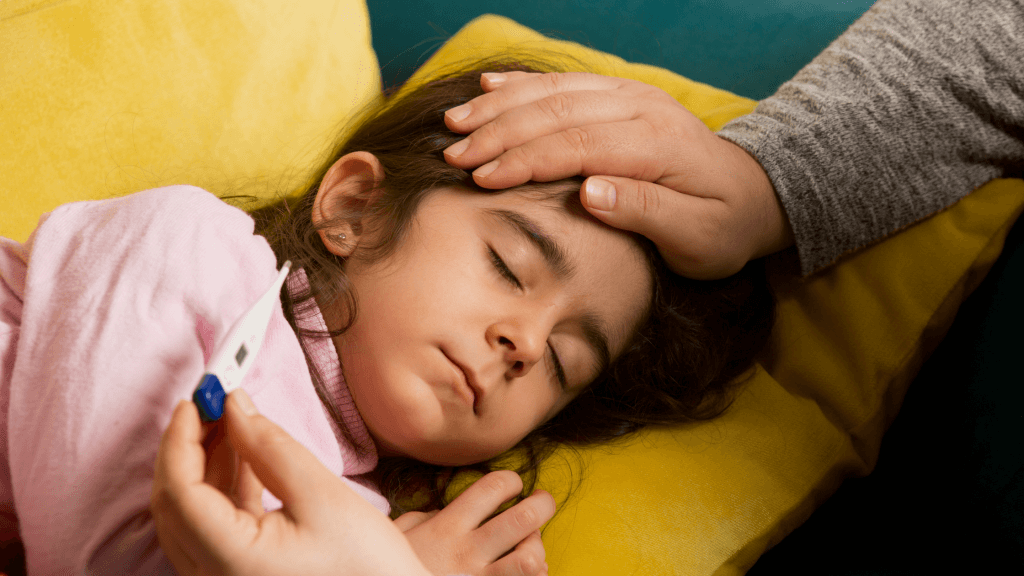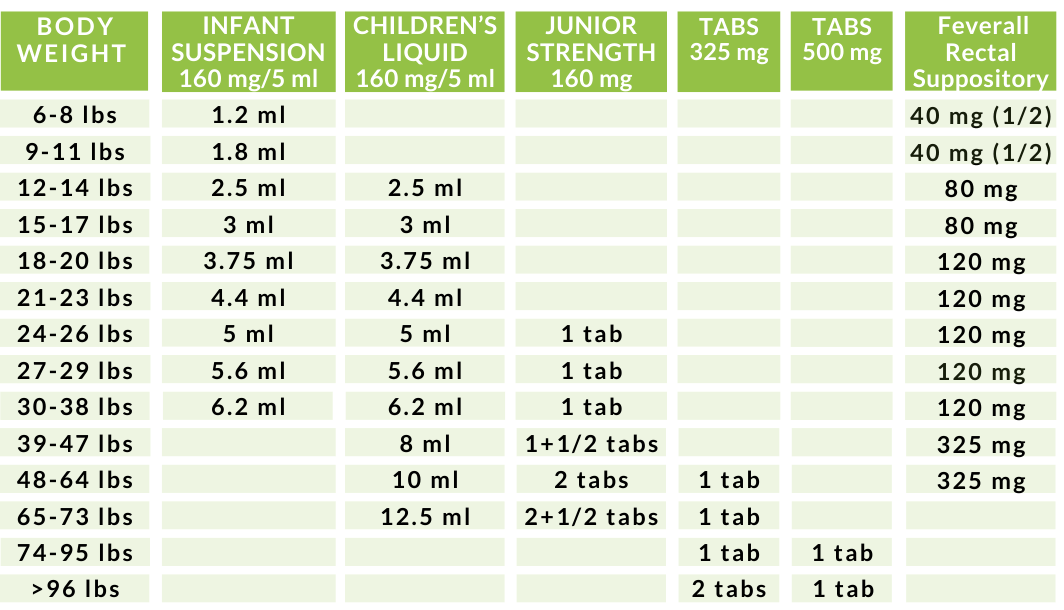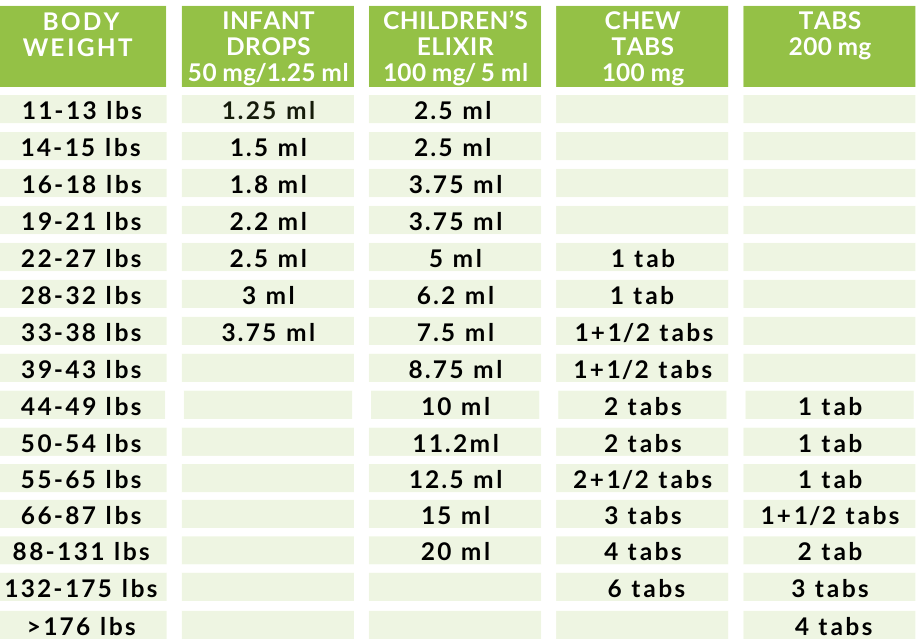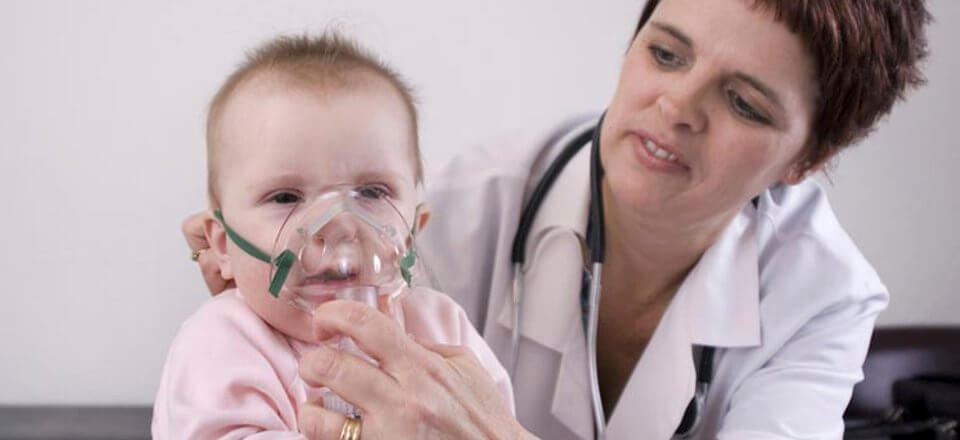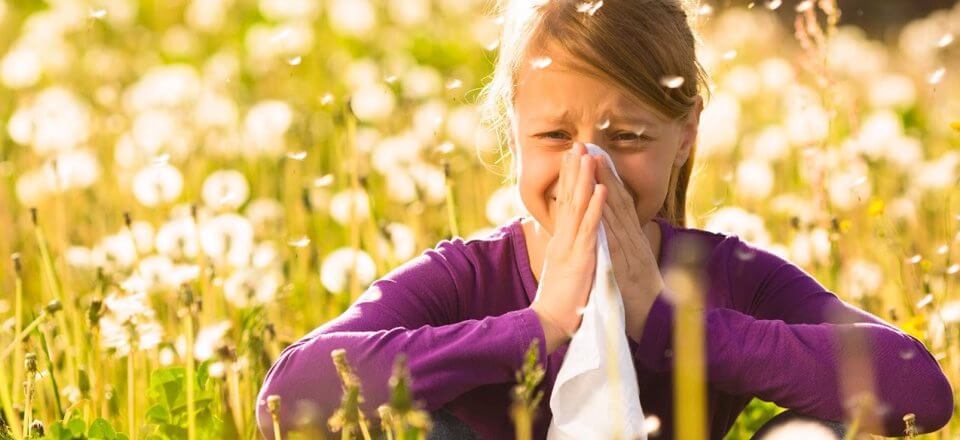| |
Every year in the United State, on average:
 |
5% to 20% of the population gets the flu; |
 |
More than 200,000 people are hospitalized from flu complications; and |
 |
About 36,000 people die from flu. |
The effects of a severe pandemic could be much more damaging than those of a regular flu season. It could lead to high levels of illness, death, social disruption, and economic loss. Everyday life could be disrupted because so many people in so many places become seriously ill at the same time. Impacts could range from school and business closings to the interruption of basic services such a public transportation and food delivery.
Importance and Benefits of Being Prepared
The effects of a pandemic can be lessened if you prepare ahead of time. Preparing for a disaster will help bring peace of mind and confidence to deal with a pandemic.
When a pandemic starts, everyone around the world could be at risk. The United States has been working closely with other countries and the World Health Organization (WHO) to strengthen systems to detect outbreaks of influenza that might cause a pandemic.
A pandemic would touch every aspect of society, so every part of society must begin to prepare. All have roles in the event of a pandemic. Federal, state, tribal, and local governments are developing, improving, and testing their plans for an influenza pandemic. Businesses, schools, universities, and other faith-based and community organizations are also preparing plans.
As you begin your individual or family planning, you may want to review your state’s planning efforts and those of your local public health and emergency preparedness officials. State plans and other planning information can be found at www.pandemicflu.gov/plan/checklists.html.
The Department of Health and Human Services (HHS) and other federal agencies are providing funding, advice, and other support to your state. The federal government will provide up-to-date information and guidance to the public if an influenza pandemic unfolds.
For reliable, accurate, and timely information, visit the federal government’s official Web site atwww.pandemicflu.gov.
Pandemic Influenza – Challenges and Preparation
As you and your family plan for an influenza pandemic, think about the challenges you might face, particularly if a pandemic is severe.
You can start to prepare now to be able to respond to these challenges. The following are some challenges you or your family may face and recommendations to help you cope. In addition, checklists and other tools have been prepared to guide your planning efforts. A series of planning checklists can be found at www.pandemicflu.gov/plan/checklists.html.
Essential Services You Depend on May Be Disrupted
 |
Plan for the possibility that usual services may be disrupted. These could include services provided by hospitals and other healthcare facilities, banks, restaurants, government offices, telephone and cellular phone companies, and post offices. |
 |
Stores may close or have limited supplies. The planning checklists can help you determine what items you should stockpile to help you manage without these services |
 |
Transportation services may be disrupted and you may not be able to rely on public transportation. Plan to take fewer trips and store essential supplies. |
 |
Public gatherings, such as volunteer meetings and worship services, may be canceled. Prepare contact lists including conference calls, telephone chains, and email distribution lists, to access or distribute necessary information. |
 |
Consider that the ability to travel, even by car if there are fuel shortages, may be limited. |
 |
You should also talk to your family about where family members and loved ones will go in an emergency and how they will receive care, in case you cannot communicate with them. |
 |
In a pandemic, there may be widespread illness that could result in the shut down of local ATMs and banks. Keep a small amount of cash or traveler’s checks in small denominations for easy use. |
Food and Water Supplies May Be Interrupted and Limited
Food and water supplies may be interrupted so temporary shortages could occur. You may also be unable to get to a store. To prepare for this possibility you should store at least one to two weeks supply of non-perishable food and fresh water for emergencies.
Food
 |
Store two weeks of nonperishable food. |
 |
Select foods that do not require refrigeration, preparation (including the use of water), or cooking. |
 |
Insure that formulas for infants and any child’s or older person’s special nutritional needs are a part of your planning. |
Water
 |
Store two weeks of water, 1 gallon of water per person per day. (2 quarts for drinking, 2 quarts for food preparation/sanitation), in clean plastic containers. Avoid using containers that will decompose or break, such as milk cartons or glass bottles. |
Being Able to Work May Be Difficult or Impossible
 |
Ask your employer how business will continue during a pandemic. |
 |
Discuss staggered shifts or working at home with your employer. Discuss telecommuting possibilities and needs, accessing remote networks, and using portable computers. |
 |
Discuss possible flexibility in leave policies. Discuss with your employer how much leave you can take to care for yourself or a family member |
 |
Plan for possible loss of income if you are unable to work or the company you work for temporarily closes. |
For the Business Checklist visit: http://www.pandemicflu.gov/plan/businesschecklist.html
Schools and Daycare Centers May Be Closed for an Extended Period of Time
 |
Schools, and potentially public and private preschool, childcare, trade schools, and colleges and universities may be closed to limit the spread of flu in the community and to help prevent children from becoming sick. Other school-related activities and services could also be disrupted or cancelled including: clubs, sports/sporting events, music activities, and school meals. School closings would likely happen very early in a pandemic and could occur on short notice. |
 |
Talk to your teachers, administrators, and parent-teacher organizations about your school’s pandemic plan, and offer your help. |
 |
Plan now for children staying at home for extended periods of time, as school closings may occur along with restrictions on public gatherings, such as at malls, movie theaters. |
 |
Plan home learning activities and exercises that your children can do at home. Have learning materials, such as books, school supplies, and educational computer activities and movies on hand. |
 |
Talk to teachers, administrators, and parent-teacher organizations about possible activities, lesson plans, and exercises that children can do at home if schools are closed. This could include continuing courses by TV or the internet. |
 |
Plan entertainment and recreational activities that your children can do at home. Have materials, such as reading books, coloring books, and games, on hand for your children to use. |
For the “Childcare, School, and University Checklist,” visit: http://www.pandemicflu.gov/plan/tab5.html
Medical Care for People with Chronic Illness Could be Disrupted
 |
In a severe pandemic, hospitals and doctors’ offices may be overwhelmed. |
 |
If you have a chronic disease, such as heart disease, high blood pressure, diabetes, asthma, or depression, you should continue taking medication as prescribed by your doctor. |
 |
Make sure you have necessary medical supplies such as glucose and blood-pressure monitoring equipment. |
 |
Talk to your healthcare provider to ensure adequate access to your medications. |
 |
If you receive ongoing medical care such as dialysis, chemotherapy, or other therapies, talk with your health care provider about plans to continue care during a pandemic. |
A “Family Emergency Health Information Sheet” is provided in this guide and at:http://www.pandemicflu.gov/planguide/familyhealthinfo.html
Pandemic Influenza – Prevention and Treatment
Stay Healthy
These steps may help prevent the spread of respiratory illnesses such as the flu:
 |
Cover your nose and mouth with a tissue when you cough or sneeze-throw the tissue away immediately after you use it. |
 |
Wash your hands often with soap and water, especially after you cough or sneeze. If you are not near water, use an alcohol-based (60-95%) hand cleaner. |
 |
Avoid close contact with people who are sick. When you are sick, keep your distance from others to protect them from getting sick too. |
 |
If you get the flu, stay home from work, school, and social gatherings. In this way you will help prevent others from catching your illness. |
 |
Try not to touch your eyes, nose, or mouth. Germs often spread this way. |
Vaccination
Vaccines are used to protect people from contracting a virus once a particular threat is identified. After an individual has been infected by a virus, a vaccine generally cannot help to combat it. Because viruses change over time, a specific pandemic influenza vaccine cannot be produced until a pandemic influenza virus emerges and is identified. Once a pandemic influenza virus has been identified, it will likely take 4-6 months to develop, test, and begin producing a vaccine.
While there is currently no human pandemic influenza in the world, the federal government is facilitating production of vaccines for several existing avian influenza viruses. These vaccines may provide some protection should one of these viruses change and cause an influenza pandemic. The supply of pandemic vaccine will be limited, particularly in the early stages of a pandemic. Efforts are being made to increase vaccine-manufacturing capacity in the United States so that supplies of vaccines would be more readily available. In addition, research is underway to develop new ways to produce vaccines more quickly.
Antivirals
A number of antiviral drugs are approved by the U.S. Food and Drug Administration to treat and prevent seasonal influenza. Some of these antiviral medications may be effective in treating pandemic influenza. These drugs may help prevent infection in people at risk and shorten the duration of symptoms in those infected with pandemic influenza. However, it is unlikely that antiviral medications alone would effectively contain the spread of pandemic influenza. The federal government is stockpiling antiviral medications that would most likely be used in the early stages of an influenza pandemic and working to develop new antiviral medications. These drugs are available by prescription only.
Stay Informed
 |
Knowing the facts is the best preparation. Identify sources you can count on for reliable information. If a pandemic occurs, having accurate and reliable information will be critical. |
 |
Reliable, accurate, and timely information is available at www.pandemicflu.gov. |
 |
Another source for information on pandemic influenza is the Centers for Disease Control and Prevention (CDC) Hotline at: 1-800-CDC-INFO (1-800-232-4636). This line is available in English and Spanish, 24 hours a day, 7 days a week. |
 |
Look for information on your local and state government Web sites. Links are available to each state department of public health at www.pandemicflu.gov. |
 |
Listen to local and national radio, watch news reports on television, and read your newspaper and other sources of printed and web-based information. |
 |
Talk to your local health care providers and public health officials. |
Questions and Answers
Will bird flu cause the next influenza pandemic?
Avian influenza (bird flu) is a disease of wild and farm birds caused by avian influenza viruses. Bird flu viruses do not usually infect humans, but since 1997 there have been a number of confirmed cases of human infection from bird flu viruses. Most of these resulted from direct or close contact with infected birds (for example: domesticated chickens, ducks, and turkeys). It is important not to handle, play with, or pick up dead birds. Information on who to contact in your state is at:http://www.pandemicflu.gov/state/statecontacts.html
The spread of bird flu viruses from an infected person to another person has been reported very rarely and has not been reported to continue beyond one person. A worldwide pandemic could occur if a bird flu virus were to change so that it could easily be passed from person to person. Experts around the world are watching for changes in bird flu viruses that could lead to an influenza pandemic.
Is it safe to eat poultry?
Yes, it is safe to eat properly cooked poultry. Cooking destroys germs, including bird flu viruses. The United States maintains trade restrictions on the importation of poultry and poultry products from countries where the highly pathogenic H5N1 avian influenza strain has been detected in commercial or traditionally raised poultry, not in wild or migratory birds.
Guidelines for the safe preparation of poultry include the following:
 |
Wash hands before and after handling food. |
 |
Keep raw poultry and its juices away from other foods. |
 |
Keep hands, utensils, and surfaces, such as cutting boards, clean. |
 |
Use a food thermometer to ensure food has reached the safe internal temperature – in all parts of the bird. Cook poultry to at least 165°F to kill food-borne germs that might be present, including the avian influenza virus. |
For more information, see poultry preparation fact sheets at:http://www.fsis.usda.gov/Fact_Sheets/Poultry_Preparation_Fact_Sheets/index.asp
What types of birds can carry bird flu viruses?
Avian influenza viruses can infect chickens, turkeys, pheasants, quail, ducks, geese, and guinea fowl, as well as a wide variety of other birds, including migratory waterfowl.
Each year, there is a flu season for birds just as there is for humans and, as with people, some forms of the flu are worse than others, depending on how strong the virus. A weak virus may cause only mild illness in infected poultry and birds but a strong virus could cause severe and extremely contagious illness, and even death, among infected poultry and birds.
Will the seasonal flu shot protect me against pandemic influenza?
 |
No, it won’t protect you against pandemic influenza. But flu shots can help you to avoid seasonal flu. |
 |
Get a flu shot to help protect you from seasonal flu. |
 |
Get a pneumonia shot to prevent secondary infection if you are over the age of 65 or have a chronic illness such as diabetes or asthma. For specific guidelines, talk to your health care provider or call the Centers for Disease Control and Prevention (CDC) Hotline at 1-800-232-4636. |
 |
Make sure that your family’s immunizations are up-to-date. |
What is the U.S. government doing to prepare for pandemic influenza?
 |
The U.S. government has been preparing for pandemic influenza for several years. In November 2005, the President announced the National Strategy for Pandemic Influenza. |
 |
Ongoing preparations include the following: |
 |
Monitoring migratory and wild birds for avian flu. |
 |
Working with the World Health Organization (WHO) and other nations to help detect human cases of bird flu and respond to an influenza pandemic, if one begins. |
 |
Supporting the manufacturing and testing of influenza vaccines, including finding more reliable and quicker ways to make large quantities of vaccines through cell-based technologies. |
 |
Developing a national stockpile of antiviral drugs to help treat and control the spread of disease. |
 |
Supporting the efforts of federal, state, tribal, and local health agencies to prepare for and respond to pandemic influenza, including hosting planning summits with state and local leaders in each state. |
 |
Working with federal agencies to prepare and to encourage communities, businesses, and organizations to plan for pandemic influenza. These efforts have included joint exercises in pandemic preparation. |
For More Information
Visit: www.pandemicflu.gov
The Centers for Disease Control and Prevention (CDC) hotline, 1-800-CDC-INFO (1-800-232-4636), is available in English and Spanish, 24 hours a day, 7 days a week. TTY: 1-888-232-6348. Questions can be emailed to inquiry@cdc.gov.
Links to state departments of public health can be found atwww.pandemicflu.gov/state/statecontacts.html. |
